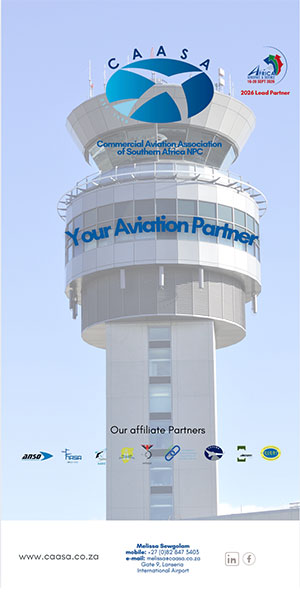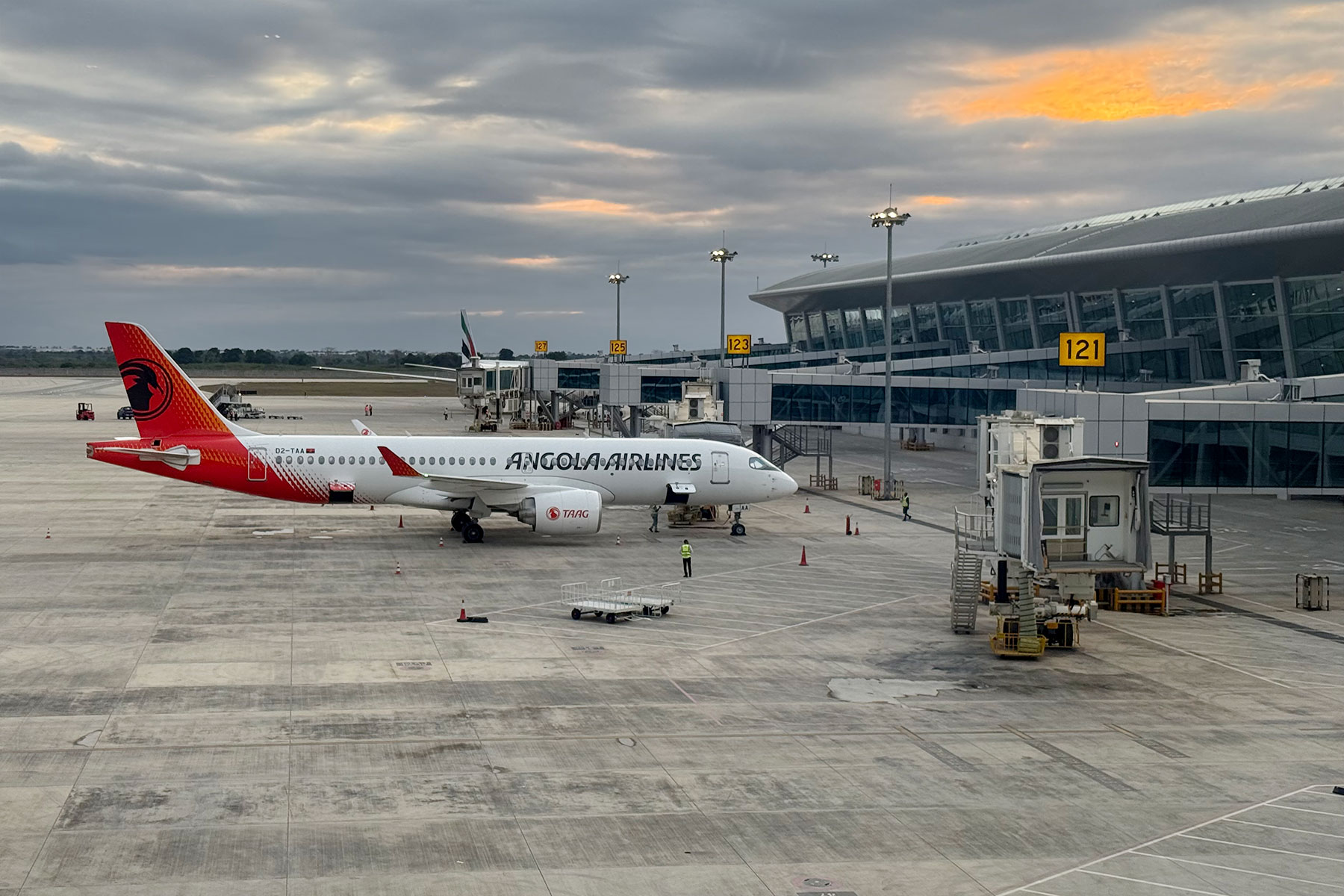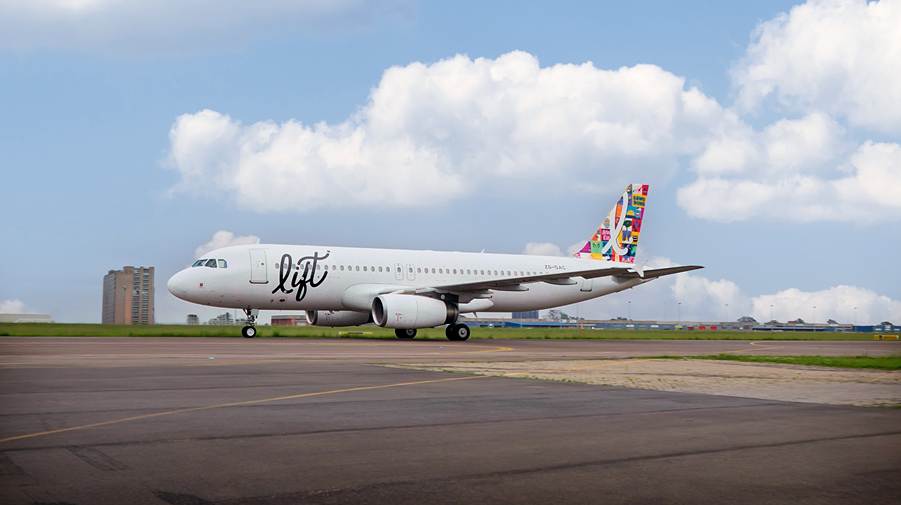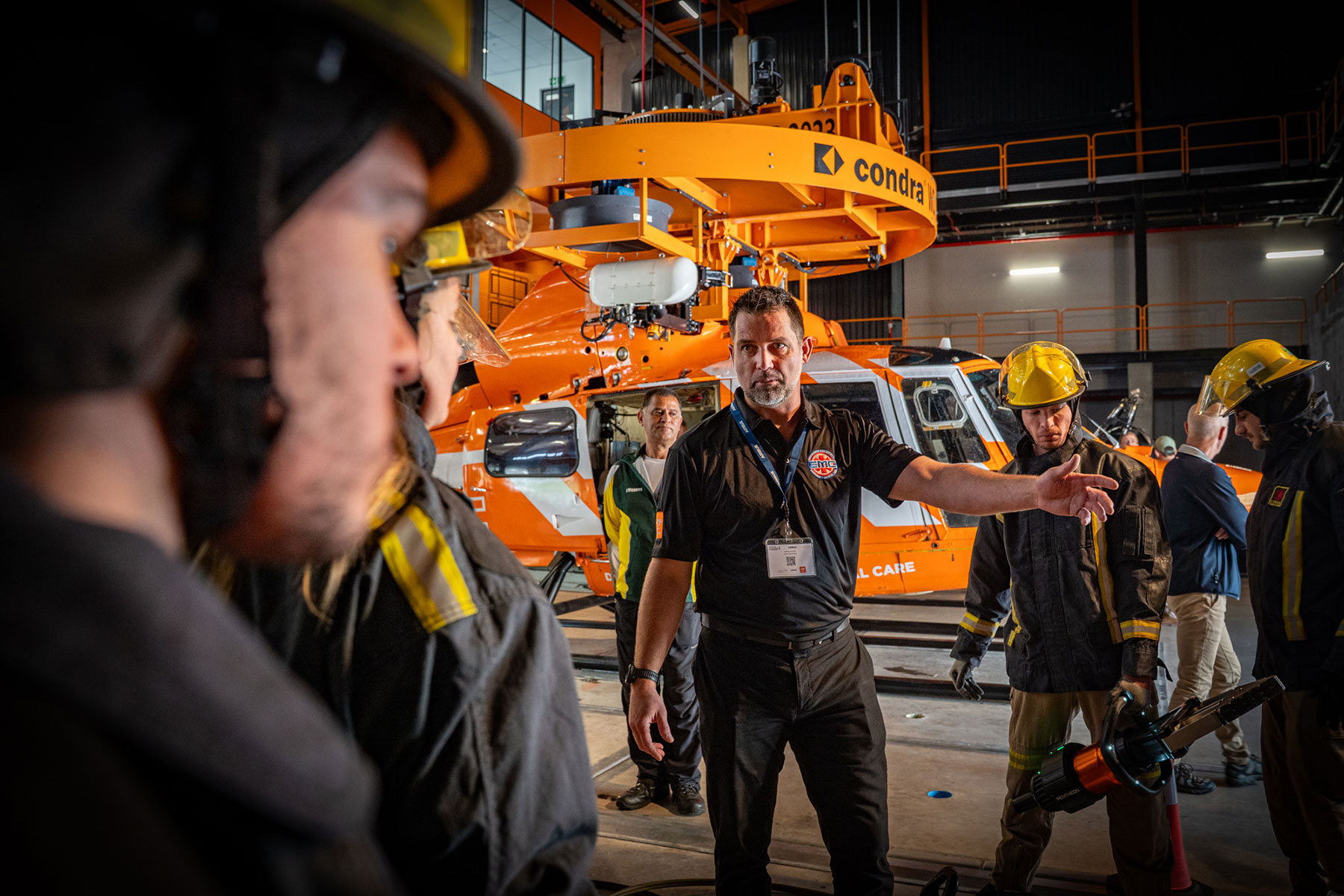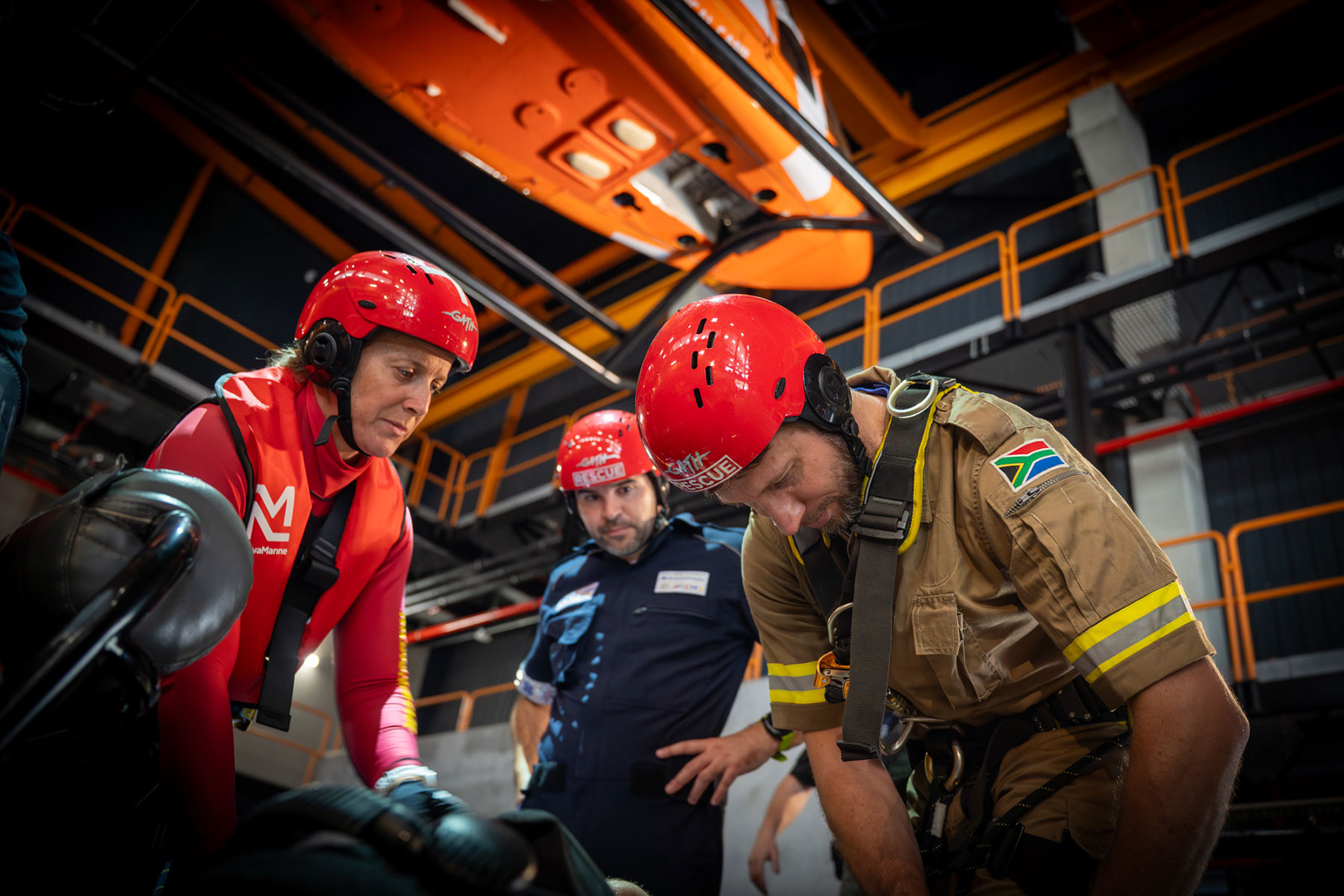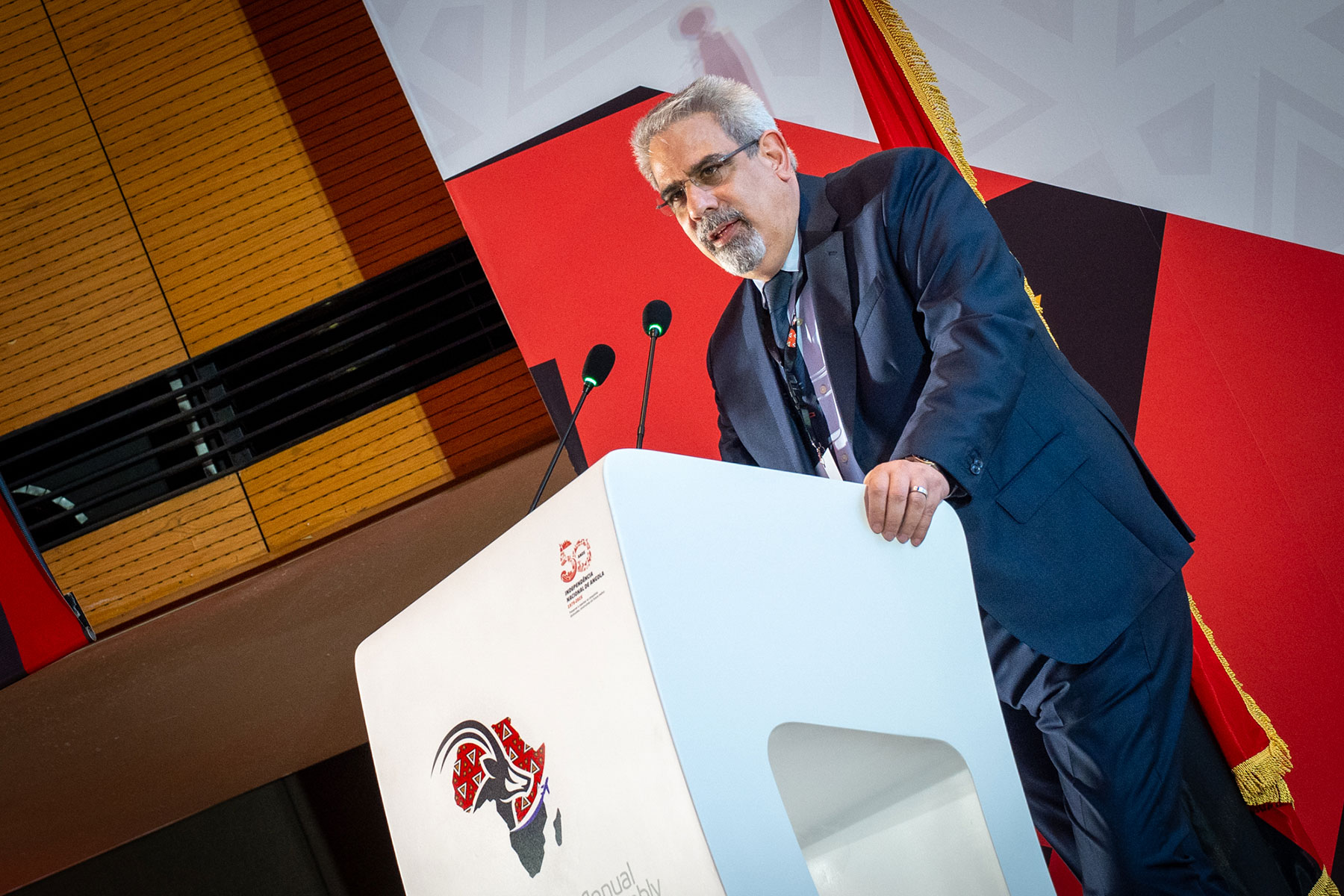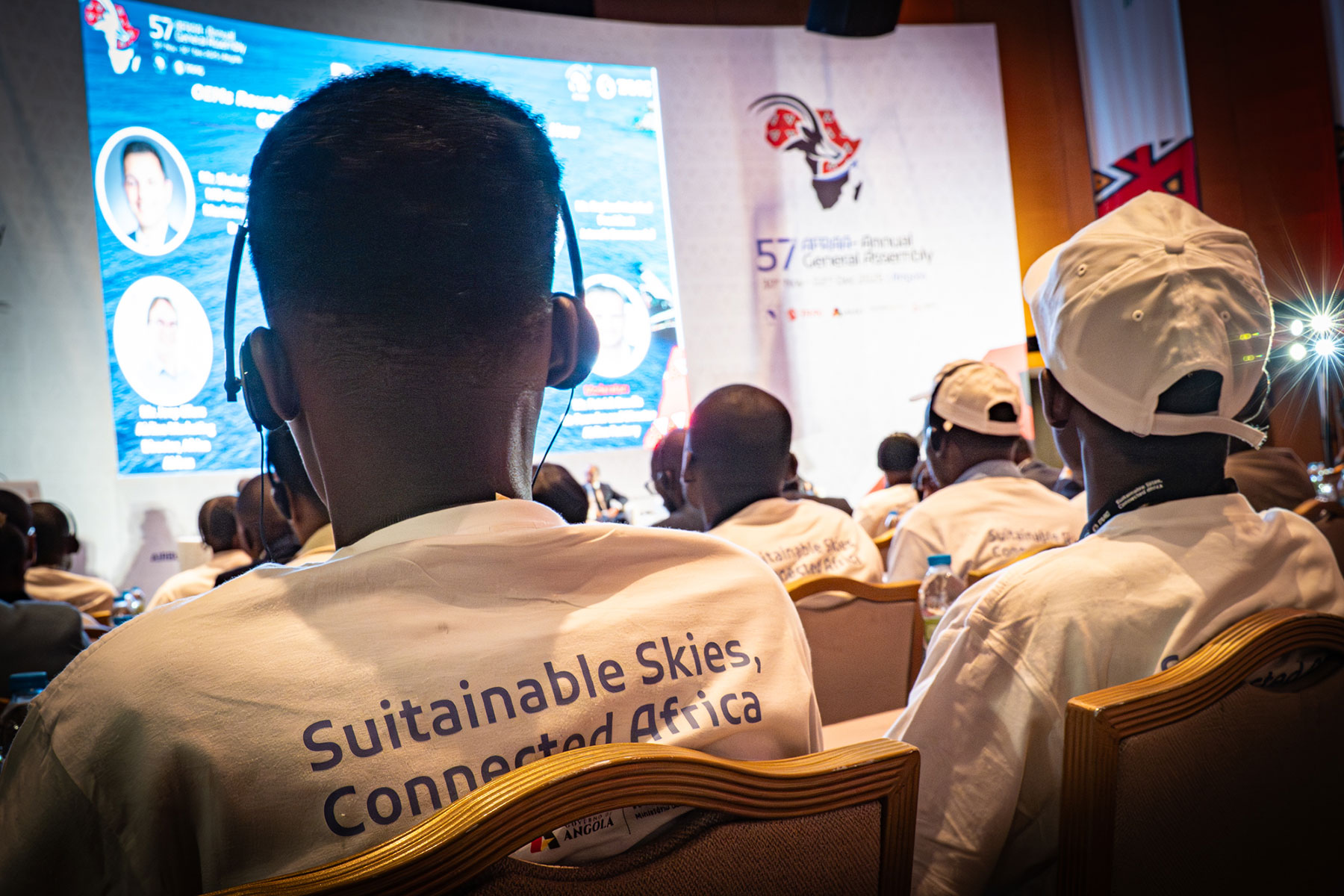While safety in the sky is a top priority in the world of aviation, safety on the ground has to be a key priority for operators, too. Diligence, accountability, transparency and safety are just as important in the hangars and operations spaces, especially in the maintenance space. Lelani Austen, Director of LAMM Safety, is on a mission to make aircraft maintenance operations (AMOs) safer through her consulting service, specialising in the implementation and management of Safety Management Systems (SMS).
With years of hands-on experience, Lelani has built a reputation as a dedicated expert in the field. We sat down with Lelani to chat about the journey in safety in aviation, how it came about, what some of the more common safety factors are and how the industry will be changing in the future. She shares her journey, insights, and the challenges she’s encountered in promoting safety culture across the aviation industry.
A Journey Sparked by Purpose
Lelani’s path into the world of safety management began in 2012 when SMS was first introduced to her role at the company she worked for. “At the time, I didn’t really know much about SMS,” she recalls. “I was sent on training, and what began as a week of fulfilling a duty turned into a week that gave me a true sense of purpose. I became genuinely intrigued by the idea of creating an effective SMS.”
Working as an Aircraft Maintenance Engineer (AME) within an Approved Maintenance Organisation (AMO), Lelani quickly realised that while SMS was becoming an industry standard, there was a notable gap in the resources available specifically for the maintenance environment. “I found there weren’t many SMS templates or data points tailored for AMOs, so I had to take these broad, often vague guidelines and interpret them into a system that worked for my environment.”
For Lelani, the transition from a technical role to a strategic safety management position was a challenge that required shifting her mindset. “As an engineer, it wasn’t as straightforward as repairing an aircraft by following a manual. I had to look beyond the technical and understand the complexities of the people and operations involved.”
Her early success in SMS implementation led to her first consulting opportunity, and the business grew organically as word spread. Now, with a team of four experts, Lelani helps several AMOs implement SMS, adapting systems and processes to meet both regulatory requirements and the practical needs of the organisation.
Building a Safety Management System from the Ground Up
When approaching a new client, Lelani’s first step is a thorough Gap Analysis. “I assess the SMS systems already in place and conduct a Safety Survey to understand the company’s safety culture,” she explains. This initial research allows her to evaluate key components such as:
- The SMS manual, Emergency Response Plan (ERP), and safety policies – are they up to date and aligned with PART 140?
- How effective are hazard and incident reporting systems?
- Are all the essential SMS elements, such as Management of Change (MOCs) and Safety Performance Indicators (SPIs), integrated into the system?
- Is safety training being consistently implemented?
From here, Lelani can map out an implementation strategy, taking into account the level of buy-in and understanding of SMS within the organisation. “For an SMS to work, staff need to both understand it and believe in it,” she stresses. “It doesn’t matter how sophisticated your system is if the workforce doesn’t feel empowered to use it.”
Overcoming Common Safety Challenges
One of the biggest challenges AMOs face is complacency. “Human factors – things like complacency, fatigue, and ingrained norms – can be major safety risks,” Lelani notes. “The so-called ‘Dirty Dozen’ of human error is present in almost every incident I encounter.” She attributes these human factors as the root causes of most safety issues in aircraft hangars and believes tackling them is key to improving the overall safety culture.
In terms of safety training, Lelani tailors her programmes to different roles within the organisation. For example, technical and production staff are required to complete five hours of training every three years, while general staff undergo one-hour sessions, either online or in the classroom. The training is supplemented by annual refresher courses, and short safety videos are sent out monthly to keep staff informed and engaged.
Fostering a Reporting Culture
One of the most significant hurdles in ensuring a safe working environment is creating a culture where employees feel comfortable reporting safety issues. “Engineers are problem-solvers by nature. When they see a hazard, they tend to fix it and move on, without thinking to report it,” says Lelani. The key to overcoming this, she believes, is simplicity. “Make your reporting system as easy as possible and ensure there’s buy-in from top management. The Accountable Manager must be fully on board with the reporting process.”
She also encourages open communication during site visits, asking staff whether there’s anything that’s happened recently that hasn’t been reported yet. “By helping staff submit their reports, we create a space where reporting becomes part of the everyday routine rather than an additional task.”
Turning Incidents into Action
For Lelani, the true value of reporting incidents is the actionable insights they provide. “It’s about thinking practically and economically,” she says. “Recommendations should be tailored to the size and complexity of the organisation. The ultimate goal is to prevent recurrence by implementing preventative measures based on data.”
Her approach to audits and emergency drills is similarly pragmatic. AMOs typically undergo several audits per year, including a renewal audit from the Civil Aviation Authority (CAA), a surveillance audit, and flight operations audits. Lelani emphasises the importance of regular internal audits to ensure that SMS systems remain effective and aligned with regulatory standards. “I don’t audit my own systems – another team member from LAMM Safety does this to ensure objectivity,” she says.
Emergency drills are another critical component of an AMO’s safety culture. Lelani points out that drills must go beyond the basic scenarios of fire or bomb threats. “Staff need to be trained in various scenarios, and drills should be based on real incidents to make them more realistic and valuable.”
The Future of Aviation Safety Management
Looking ahead, Lelani believes the future of aviation safety management lies in the deeper integration of human factors principles and the use of technology. “As technology evolves, we’ll see more AI-driven tools and digital reporting systems that can handle large quantities of data. These tools can eliminate human error by managing the flow of information, allowing safety managers to focus on analysing the data and implementing mitigation strategies,” she says.
However, she believes there’s a fine line between technology and human interaction. “For larger organisations, AI can be incredibly beneficial, but in smaller AMOs, there’s still a need for human oversight. AMEs want to work with someone they trust, who embodies a ‘Just Culture’ they can believe in.”
A Call for Stronger Information Sharing
In the coming years, Lelani expects to see a stronger focus on information sharing within the aviation industry. “In the spirit of Just Culture, we need to embrace lessons learned from other organisations. By proactively sharing experiences and implementing systems to prevent accidents, we can improve safety across the industry,” she concludes.
As SMS continues to evolve, Lelani’s work is a testament to the fact that safety in aviation is not just about following regulations but also fostering a culture of continuous learning, improvement, and collaboration.




